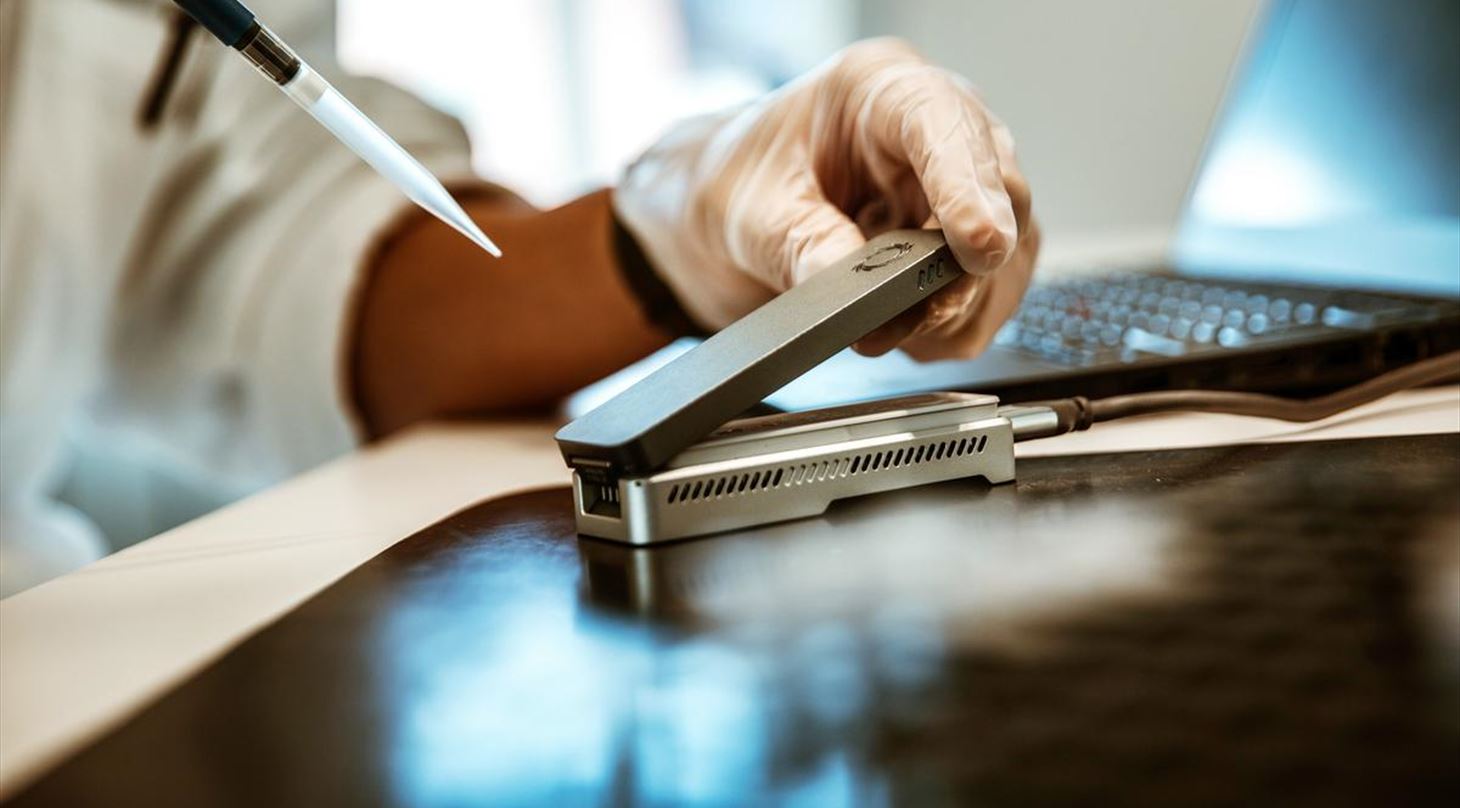
Identification of spoilers
DNA sequencing is a powerful tool that can be used for identifying spoilers including bacteria and yeast. This method provides a complete picture of the bacterial composition in a product or in an environmental swab sample from the production site. With 16S rRNA sequencing (18-ITS for yeast), we look at a well-defined and well-preserved section of the microbial DNA, and by focusing on this smaller area, the sequencing can be performed much faster than a whole genome sequencing (WGS).
Case story
A product with visible spoilage (before the end of shelf life) was sent to our microbiology lab, where a sample was taken from the contaminated area of the product. A 16S rRNA analysis was carried out, and after a few hours we were able to provide the customer with precise information on which microorganism was causing the spoilage. The company was subsequently advised on adjustments to their cleaning procedures to minimize the risk of contamination from this particular spoiler.
Want to be in charge of your spoilers?
If you are puzzled and troubled by occasional contamination or explore options for extending the shelf life of your products, knowing which bacteria are spoiling your product is essential. Additionally, determining the most likely location in the production for the contamination is a powerful tool to start taking control of the spoilers.
By analyzing product samples and environmental swabs with 16S (or 18-ITS) sequencing, we can rapidly give you an answer. We will guide you to where and how to collect the samples, after which you simply send them to our laboratory for analysis.
You get:
- A detailed mapping of which microorganisms are present in the sample
- An expert assessment of which of these microorganisms are most likely to be causing spoilage
- A detailed mapping of the microbial composition at the selected environmental sampling sites in the production
- Advice on how to manage the microorganisms found in the production